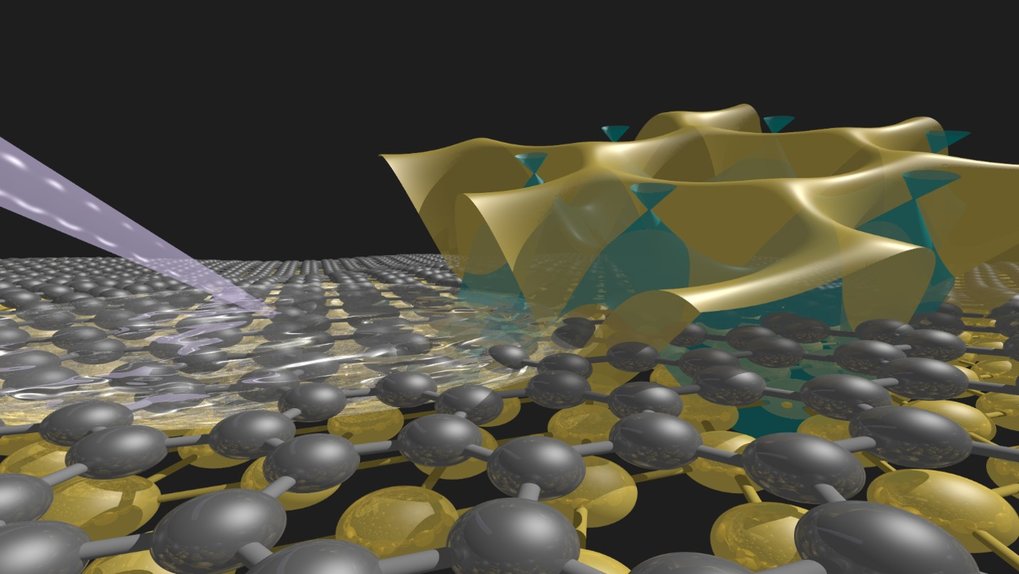
Group members:
Naidyuk Yu. G., Corresponding Member of NAS of Ukraine
Kvitnitskaya О.E., Senior Researcher
Bashlakov D.L., Senior Researcher
Bobrov N.L., Senior Researcher
Main areas of research
● Point-contact spectroscopy of electron-quasiparticle interaction in rare-earth nickelborocarbides, high-temperature and iron-based superconductors, topological materials.
● Investigation of the nonequilibrium, non-stationary and thermal effects in the conductivity of metallic nanocontacts.
• Observation and investigation of quantum effects in conductivity of 3-D metallic nanocontacts.
• Observation and investigation peculiarities of the electron transport in normal metal−ferromagnetic and normal metal−ferromagnetic−antiferromagnetic nano-sized contacts, which are connected with effects of the electron spin momentum transmission.
• Finding of influence of flow current regime, thickness of ferromagnetic layer and exchange displacement effect on the effect of the spin momentum transmission in nano-sized contacts with ferromagnetics.
• Study of high-frequency irradiation effect and search for the resonance absorption of electromagnetic high-frequency waves for above-noted structures.
Equipment
The point-contact spectrometers for investigation of nonlinear conductivity of contacts. Such spectrometers have a cryogenic equipment for creation of point contacts and measuring of CVC, the first and the second derivatives of CVC for point contacts in temperature interval 0.8-77 K, magnetic field 0-9T and under high-frequency irradiation in the range 4 - 65 GHz.
Important results in recent years
• Yanson PC EPI spectra (d2V/dI2) were measured for the first time for Weyl semimetal MoTe2. They correspond, in general, to the calculated phonon spectrum [1].
• Yanson PC EPI spectra were measured for the first time for Weyl semimetal WTe2. The peak's positions in the spectra are in line with the calculated EPI spectra of WTe2, albeit phonons with higher energy are not resolved in PC spectra. A broad maximum in dV/dI at large voltages (>200mV) indicating change of conductivity from metallic to semiconducting type is observed. The latter might be induced by the high current density (~108 A•cm−2) in the PC and/or local heating, thus enabling the manipulation of the quantum electronic states at the interface in the PC core [2].
• The resistive switching in voltage biased point contacts based on the van der Waals transition metal tellurides MeTe2 (Me = Mo, W) and TaMeTe4 (Me = Ru, Rh, Ir). The switching occurs between a low resistive “metallic-type” state and a high resistive “semiconducting-type” state by applying a certain bias voltage (<1 V). The origin of the effect can be attributed to the formation of domains with different crystal structure in the point contact core due to a strong electric field (>10 kV/cm) [3].
Important publications of the group (2018 – 2022 years)
1. Surface superconductivity in the Weyl semimetal MoTe2 detected by point contact spectroscopy // Yu.G. Naidyuk, O.E. Kvitnitskaya, D.L. Bashlakov, S. Aswartham, I. Morozov, I. Chernyavskii, G. Fuchs, S.-L. Drechsler, R. Hühne, K. Nielsch, B. Büchner, D. Efremov // 2D Materials.- 2018.-V. 5, P. 045014 (1-8).
DOI: https://doi.org/10.1088/2053-1583/aad3e2
2. Yanson point-contact spectroscopy of Weyl semimetal WTe2 // Yu.G. Naidyuk, O.E. Kvitnitskaya, D.L. Bashlakov, S. Aswartham, I. Morozov, I. Chernyavskii, G. Shipunov, G. Fuchs, S.-L. Drechsler, R. Hühne, K. Nielsch, B. Büchner, D. Efremov // 2D Materials.- 2019.-V. 6, P. 045012 (1-10).
DOI: https://doi.org/10.1088/2053-1583/ab2db7
3. Switchable domains in point contacts based on transition metal tellurides // Yu.G. Naidyuk, D.L. Bashlakov, O.E. Kvitnitskaya, B.R. Piening, G. Shipunov, D.V. Efremov, S. Aswartham, B. Büchner // Phys. Rev. Materials.- 2021.-V. 5, P. 084004.
Contacts
47 Nauky Ave., Kharkiv, 61103, Ukraine
e-mail: terekhov@ilt.kharkov.ua
tel.: +380(99)764-2075
© 2025, Design by Anton Klimkin, Andrii TEREKHOV
Executive editor: Andrii TEREKHOV
